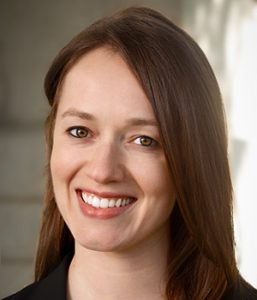Nurse practitioners (NPs) represent 1-in-5 primary care clinicians and their ranks are growing faster than doctors particularly in rural areas, where nearly half of all primary care practices employ at least one NP. Some have speculated that one attraction of rural practice locations for NPs may be the ability to practice autonomously and fully use their training and licensure. In a new study, researchers from the University of Minnesota School of Public Health (SPH), Urban Institute, and athenahealth, Inc. show that rural NPs do indeed practice with greater autonomy than their urban counterparts.

The study — in collaboration with the University of Minnesota Rural Health Research Center — was led by SPH Assistant Professor Hannah Neprash and published in the journal Medical Care Research and Review.
In their analysis, the researchers used a novel combination of all-payer insurance claims and electronic health record data from athenahealth, Inc., a health care information technology company that provides cloud-based medical billing, electronic health record (EHR) and practice management software to clinicians across the United States. Researchers constructed measures of NP practice autonomy by examining three aspects of independence: the percentage of patients NPs treat as their primary care provider, their independence from physician supervision and their authority to prescribe medications.
The research team studied 2,590 primary care practices and found:
- 10.8% more patients in rural primary care practices were seen exclusively by NPs (rather than physicians), compared with urban practices;
- Rural NPs were 14.9-34.8% more likely to practice without direct supervision from physicians than urban NPs (e.g., billing independently or seeing patients when physicians weren’t in the office);
- Rural NPs were 9.6% more likely to prescribe Schedule II controlled substances, such as opioids, than urban NPs;
- Rural and urban NPs provided similarly complex care.
“Our findings are striking,” says Neprash. “Along every dimension we can measure, nurse practitioners have greater practice autonomy in rural areas.”
Neprash added that practice autonomy correlates strongly with job satisfaction in surveys of NPs and a growing body of research shows that NPs provide high-quality primary care, similar to physicians.
“Combine these facts with our results, and it suggests a win-win situation,” says Neprash. “When NPs practice in rural areas, they get the professional satisfaction of practicing at the top of their license, while meeting the primary care needs of rural communities that may struggle to attract physicians.”

